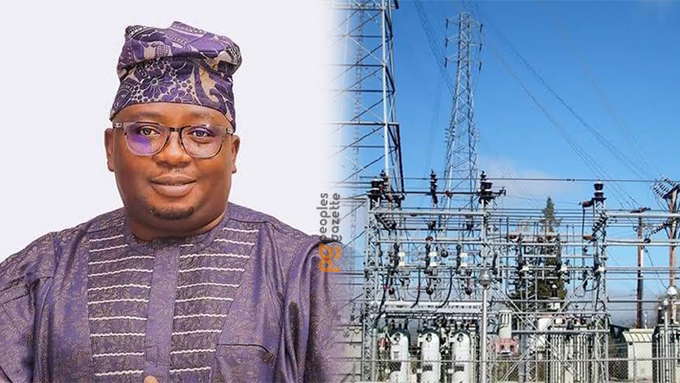< 1 mn read
Here’s a breakdown of the key points and implications from what Minister Adebayo Adelabu said:
Key Highlights from Adelabu’s Statement
- 700 MW Transmission Capacity Boost:
- Achieved under the Presidential Power Initiative (PPI) in partnership with Siemens.
- This is aimed at reducing grid collapses by increasing the system’s stability.
- Pilot phase is 90% complete, with installations of:
- 10 power transformers.
- 10 mobile substations.
- Impact on Grid Stability:
- Previously, when national generation hit 5,000 MW, the grid would often collapse.
- Now, the system is managing up to 7,000 – 8,000 MW, thanks to the upgrades.
- Suggests improved operational resilience.
- Recent Achievements in Power Supply:
- Nigeria reportedly hit a record daily consumption of 20,000 kilowatt-hours.
- Also achieved a peak distribution of 5,801.63 MW – a new high.
- Past vs Present:
- Despite progress, 2024 saw 12 grid collapses.
- In 2025, so far, no official collapses have been recorded, according to TCN (Transmission Company of Nigeria).
- This suggests a positive trend, but continued monitoring will be crucial.
⚙️ What This Could Mean Going Forward
- Reduced Blackouts: If the upgrades hold, Nigerians may see fewer nationwide outages.
- Increased Investor Confidence: Steady power supply is critical for industrial growth, especially for manufacturing and tech sectors.
- Pressure on Distribution Companies (DisCos): Now that more power can be transmitted reliably, focus may shift to ensuring DisCos can distribute efficiently.
Would you like a visual breakdown or infographic summarizing this for sharing or presentation purposes? Or maybe you’re following the power sector more broadly and want updates on other parts of the PPI?

